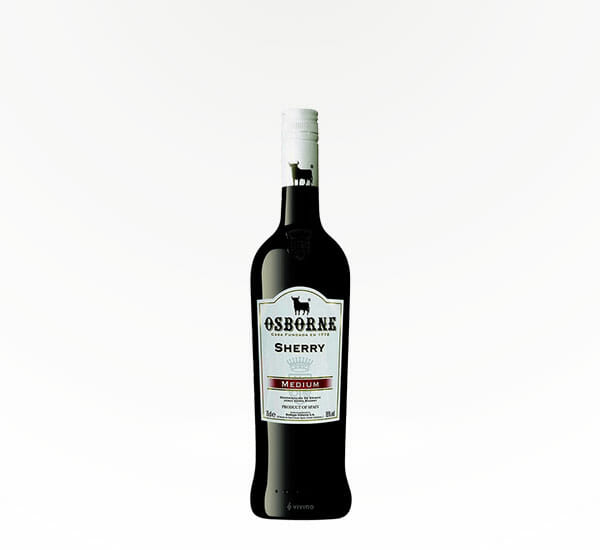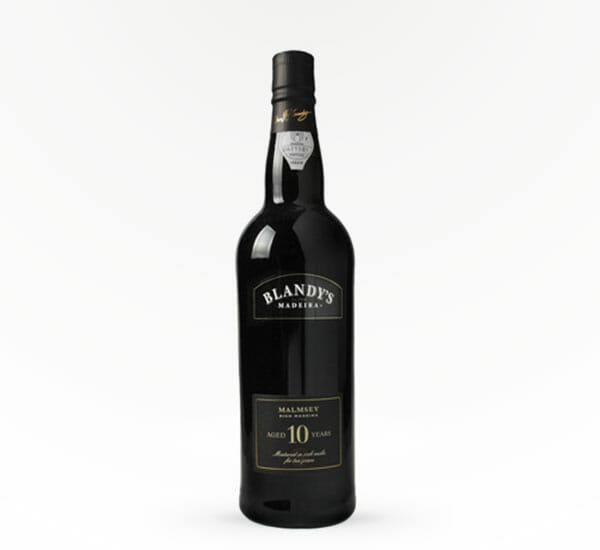If you’re new to the wine world, you may not be familiar with fortified wines. There are many different types of fortified wine, including port, sherry, and Marsala. Fortified wines are usually very sweet and high in alcohol. But what is the technical definition of fortified wine? How are they made? And how many different types are there?
Fortified wines can be a wonderfully indulgent treat. Learn everything you need to know about them below.
What is fortified wine?
Fortified wine is a wine that has had a distilled spirit added to it during the winemaking process. This is usually done to boost the alcohol content while still leaving some residual sugar in the wine for sweetness. There are many different types of fortified wines made worldwide, each with its own specific rules and regulations. Fortified wines can have various base wines, base spirits, ABVs, amounts of sugar, and aging lengths.
Fortified wine is a general wine category, not a type of wine. Each type of fortified wine is made with different grapes and will have different flavors and aromas depending on how it’s made. Fortified wines can be red, white, or even rosé.
Fortified wine has a long and interesting history. They were invented before modern refrigeration to add additional alcohol to the wine would keep the beverage from spoiling. This was especially important when a voyage by sea was the only way to travel long distances. As the wine trade expanded during the 16th and 17th centuries, wines had to be fortified to survive the journey to and from Europe and other destinations.
How is a fortified wine made?
The basic process for making a fortified wine begins the same way regular winemaking does. Grapes are crushed into a must, either with or without skins, depending on whether the wine is red or white. Then, yeast is added, and the fermentation process begins. The yeast eats the sugar from the grapes and produces alcohol.
The process for making fortified wine differs in the addition of a distilled spirit during the fermentation process. The spirit kills the yeast and stops the fermentation process early. Not only does this boost the wine’s alcohol content, but it leads to a much sweeter wine, as cutting off the fermentation process early leaves a large amount of residual sugar in the beverage.
Some drier fortified wines have the distilled spirit added after the fermentation process is nearly or completely finished. Hence, there is little to no residual sugar left because the yeast has already consumed most of the grape sugar.
Different types of fortified wine
There are tons of different types of fortified wine that are produced all around the world. Some are red, some are white, some are sweet, some are dry. We’ve broken down all the most popular types of fortified wine below.
Sherry
Sherry is the most popular fortified wine from Spain, hailing from the Jeres region. Sherry is typically made from the Palomino, Muscat, or Pedro Ximénez grape. Sherry is available in a range of sweetnesses, from bone-dry to super sweet, but you’ll see off-dry versions most commonly. This wine is typically medium-light in body, with high acidity and no tannins. The flavor notes usually include jackfruit, saline, preserved lemon, brazil nut, and almond.
The production process of Sherry is unique in that the winemaker will intentionally expose the wine to oxygen, which imparts a nutty, briny flavor. Before bottling, entire barrels of Sherry are blended with older wines. This is called the solera method, and it is almost entirely exclusive to Sherry production. Sherry is fortified with brandy and usually contains around 15-18% ABV.
Examples of great bottles of Sherry include Osbourne Medium Sherry, Taylor Dry Sherry, and Savory & James Cream Sherry.
 Port
Port
Hailing from Portugal, port wine is an aged, sweet fortified wine that comes in a large variety of styles. The style of a given port usually depends on the aging technique. There are many varieties of this wine, but the sweet, red ports are the most popular. However, white, rosé, ruby, or tawny port are also quite common (and delicious).
Port is typically full-bodied and very sweet, with high tannins and medium-high acidity. However, only the red varieties contain tannins. The primary flavor notes usually include plum, dried cherry, chocolate, raisin, and cinnamon.
Great port examples include Cockburn Porto Special Reserve, Sandeman Porto Fine Tawny, and Ramos Pinto Fine Ruby Porto.
Vermouth
Vermouth is an aromatized wine, a specific subcategory of fortified wines flavored with fruits, herbs, spices, and florals. Vermouth usually includes wine, botanicals, some sugar or grape juice, and spirits to fortify the wine. Vermouth’s use of herbs, spices, and bitter roots set it apart from other fortified wines.
Dry vermouth, also known as French vermouth, has a very distinct crisp and floral character. Dry vermouth is produced by blending white wine with herbs and spices, then adding brandy for fortification. Dry vermouth is an essential building block of the classic Martini.
Sweet vermouth, also sometimes referred to as Italian vermouth, is usually made with red wine. It has a heavier mouthfeel and a more caramelized, fruity character than dry vermouth. Sweet vermouth is used in a variety of classic cocktails, like the Manhattan and the Negroni. Blanc vermouth is another popular variety. It’s a sweet, white vermouth that is rich, tart, floral, and citrusy.
Popular vermouths include Martini & Rossi Extra Dry Vermouth, Cinzano Rosso Sweet Vermouth, and Dolin Vermouth Blanc.
Madeira
Madeira is an oxidized, fortified wine from the Portuguese island of Madeira. It can range in style from off-dry to sweet. Madeira wines are incredibly stable and can age for over 100 years. The winemaking method used to make Madeira is 500 years old, yet it hasn’t changed all that much. It’s intentionally oxidized using a unique artificial heating process known as estufagem.
Madeira comes in a variety of styles, ranging from fairly inexpensive to luxurious. Wines are typically sweet and full-bodied, with medium-high acidity. The primary flavors include burnt caramel, walnut oil, peach, hazelnut, and orange peel. Madeira wines can either be blended, a more inexpensive blend of multiple Madeiras, or single-varietal, higher-quality Madeira wines made primarily of four different varieties.
Great examples of Madeira wines include Blandy’s Madeira Malmsey 10 Year, Justino Henriques Madeira Full Rich, and Sandeman Madeira Rainwater.
Marsala
Marsala is a fortified wine from the island of Sicily, Italy. It’s commonly used to create rich, caramelized sauces, but Marsala can also make fine sipping wines, ranging from dry to sweet. Marsala is produced using white Italian grapes, and depending on the variety, it usually ranges between 15-20% ABV.
The different types of Marsala are classified by their sweetness, age, and color. The five main quality levels of Marsala, from most affordable to most expensive, are Fine, Superior, Superior Reserve, Virgin/Solera, and Virgin Stravecchio/Virgin Reserve.
Marsala wines can be either sweet or dry, but they’re usually fairly sweet. Marsalas are typically full-bodied and with medium acidity, with no tannins. The primary flavor notes usually include stewed apricot, vanilla, tamarind, brown sugar, and tobacco.
Popular Marsala wines include Fine Ambra Sweet Marsala, Melillo Dry Marsala, and Columbo Dry Marsala.
Moscatel de Setúbal
Another Portuguese fortified wine, Moscatel de Setúbal, is a rich and honeyed dessert wine. It comes from Southern Portugal, specifically the municipality of Setúbal. It must follow strict guidelines, which indicate that it must be made with at least 85% Muscat white grapes and contain between 16% and 22% ABV. It’s a great value alternative to Tawny port.
Moscatel de Setúbal is usually incredibly sweet and full-bodied, with medium acidity and flavors of mandarin orange, grape, dried apricot, honey, dried fig, date, roasted cashew, and caramel. Bottles that are labeled “superior” are required to have additional aging and exhibit more nutty flavors.
Wonderful examples of Moscatel de Setúbal include José Maria da Fonseca 1995 DSF Coleccão Privada Moscatel Roxo and Rui Roboredo Madeira 2019 Beyra Moscatel Galego Branco.
The takeaway
Fortified wines are incredible because they’re higher in alcohol and usually very sweet. They’re great for cooking or sipping before or after a meal. There are so many different varieties of fortified wine out there that you’re sure to find one that suits your tastes. The difficult part will be deciding which type to try first.
For all your wine delivery needs, fortified or not, you can count on Saucey. We offer an incredible variety of wine, beer, and spirits, with no order minimums and speedy delivery. Get your favorites delivered right to your door without even having to get up off the couch.




